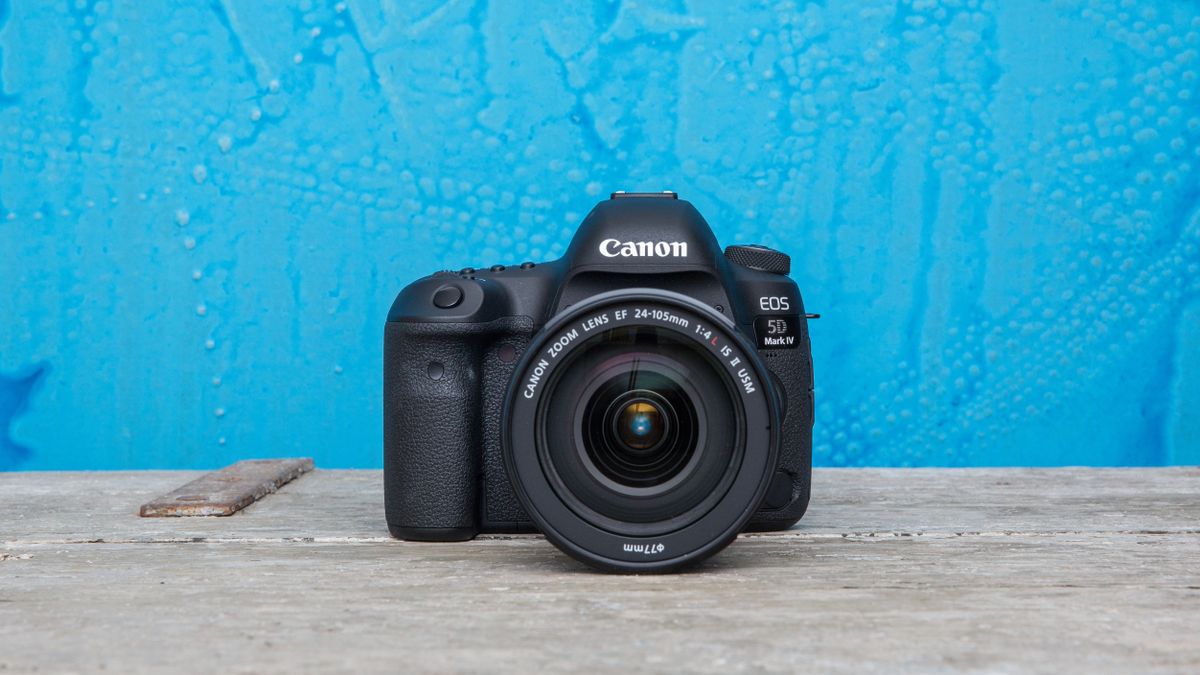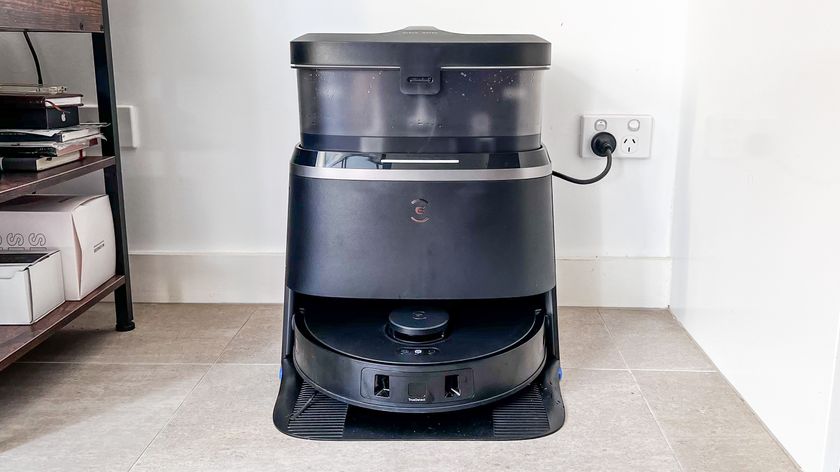Why you can trust TechRadar
Performance
- 7fps burst shooting
- 150,000 pixel RGB+IR metering sensor
- Intelligent Viewfinder II technology
The 5D Mark IV gets Canon's 252-zone RGB+IR metering system with Intelligent Scene Analysis (also seen in the 5DS, but different from that found in the 1D X Mark II), and it's all the better for it compared to the older iFCL system found in the 5D Mark III.
The system weights the exposure to the active AF point, but compared to the Mark III it does a better job of assessing the entire scene as a whole to deliver an exposure that's well balanced, with only high-contrast scenarios throwing up issues, which is to be expected.
There are no nasty surprises with the 5D Mark IV's white balance system either, with the system performing very well. There's a choice of either Ambience or White priority Auto settings, with the latter delivering neutral images even under tungsten lighting, while Ambience priority has a bias to retain some warmth in the image.

As you'd expect from a full-frame DSLR, the 5D Mark IV features a large and bright viewfinder with 100% coverage. As well as displaying key shooting info along the bottom, it also benefits from what Canon terms Intelligent Viewfinder II technology.
This enables you to display an electronic level, along with grid lines and a host of other key shooting info that you might wish to have fed back to you when you have the camera raised to your eye. You can select what is and isn't displayed in the set-up menu, with battery level, shooting mode, white balance, drive mode, AF, metering, image quality, Digital Lens Optimizer, Dual Pixel RAW and Flicker detection to choose from.
Moving on to the rear display, thanks to the impressive resolution it has to be one of the sharpest screens out there. It also makes composing shots in Live View a piece of cake – even when we used a very dense 10-stop Lee Filters Big Stopper the display was incredibly clear, with no noticeable signal noise present to make framing-up difficult.
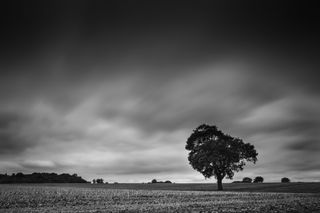
There were times while we were testing the 5D Mark IV when a vari-angle screen would have been welcome, especially when composing low-angle shots, but the clarity and excellent viewing angle of the display makes this omission less of an issue than with some other cameras.
That's not forgetting the touchscreen interface, which we have to say is a very welcome addition. With touch control over both the main and Quick Menus, it makes the 5D Mark IV's comprehensive menus much quicker to navigate, while the ability to pinch-to-zoom, as well as swipe through images, makes things that much quicker when using the camera out in the field.
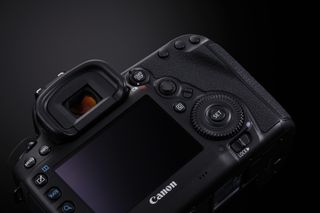
The burst rate is a respectable 7fps – a little notch further to 8fps might have felt like a bit more of a jump from the 5D Mark III's 6fps, but the Mark IV can now sustain this for a pretty decent 21 raw files before the buffer needs to take a breather (if you're shooting JPEGs, the capacity is unlimited) – that's up on the 5D Mark III's 18 raw files at 6fps (and that was at a lower resolution too).
With the same LP-E6N battery as the 5D Mark III, it's good for around 900 shots on a single charge. We used the camera heavily, using a range of features and the display quite a bit, and while 900 shots would be a bit optimistic, we'd certainly be happy heading out for the day with a single battery.
Image quality
- ISO100-32,000, expandable to 50-102,400 (H2)
- Built-in low-pass filter
- +/-5 EV exposure compensation in 1/3 or 1/2 stop increments
It's no surprise to find that the results from the new 30.4MP sensor display excellent levels of detail – not quite as much as the staggering files from the 5DS, but still very good indeed. You should have no problems producing richly detailed prints at Super A3, while A2 prints and beyond are a realistic proposition – that's not forgetting the ability to tightly crop images if needed.
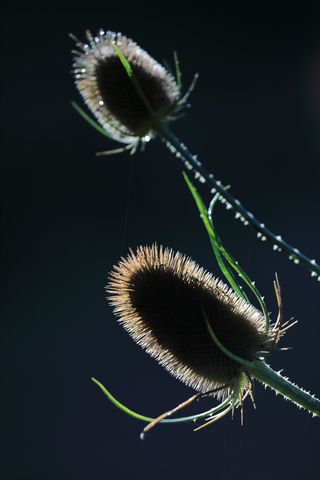
With the increase in resolution over the 5D Mark III, there is the worry that results will display more noise, especially in the upper reaches of the sensitivity range, but we're pleased to report that high ISO performance is very good.
Results at ISO800 still appear noise-free in our sample images, while even at ISO2000 results are very impressive – there are some signs of luminance noise, but it looks very organic, while there's no evidence of chroma (color) noise.
In our samples shot at ISO10,000 chroma noise is noticeable, along with more pronounced luminance noise, although it was possible to reduce this in raw files using Canon's DPP software.
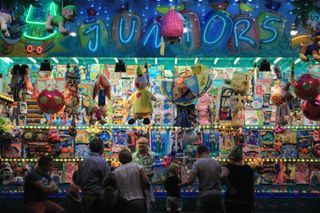
This is surely thanks in part to the arrival of on-chip digital-to-analogue conversion, which not only brings an improved noise performance over the 5D Mark III, but also delivers better dynamic range.
Raw files can be pushed further in post-processing, allowing you to intentionally underexpose shots to preserve highlight detail secure in the knowledge that you can recover lost shadow detail later without your shot being ruined by the introduction of image noise.
There are no qualms about colour reproduction either. The JPEG Picture Styles produce pleasing results (Landscape mode delivers particularly punchy blue skies, for example), while skin tones can be faithfully reproduced.

Current page: Performance and image quality
Prev Page Build, handling and AF Next Page Verdict and competitionPhil Hall is an experienced writer and editor having worked on some of the largest photography magazines in the UK, and now edit the photography channel of TechRadar, the UK's biggest tech website and one of the largest in the world. He has also worked on numerous commercial projects, including working with manufacturers like Nikon and Fujifilm on bespoke printed and online camera guides, as well as writing technique blogs and copy for the John Lewis Technology guide.
Most Popular



